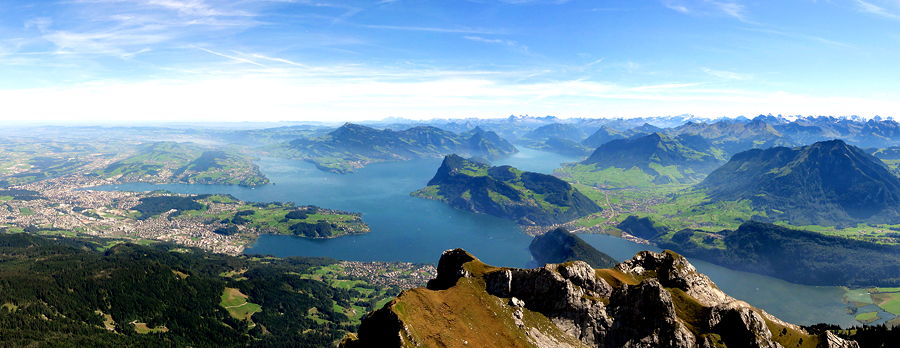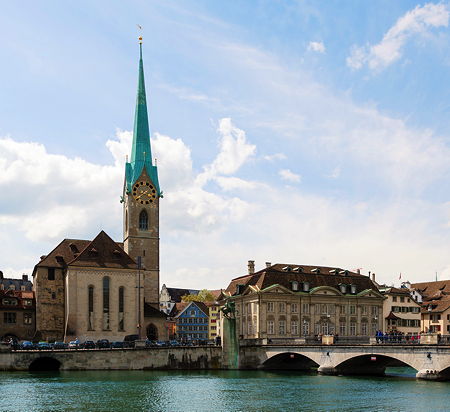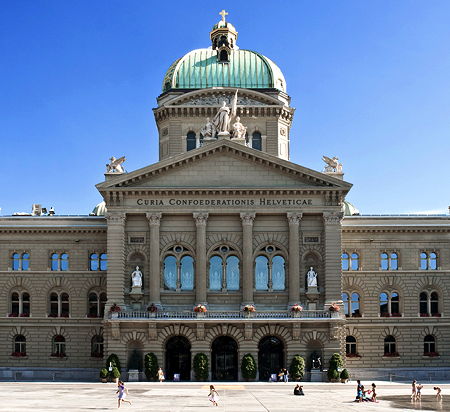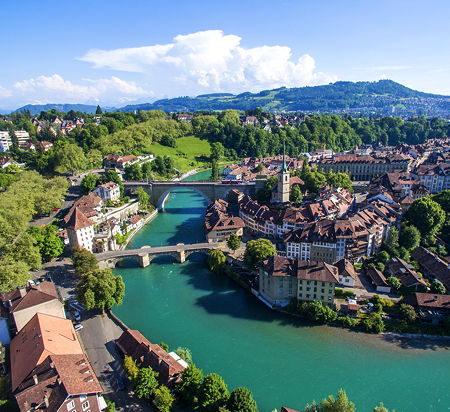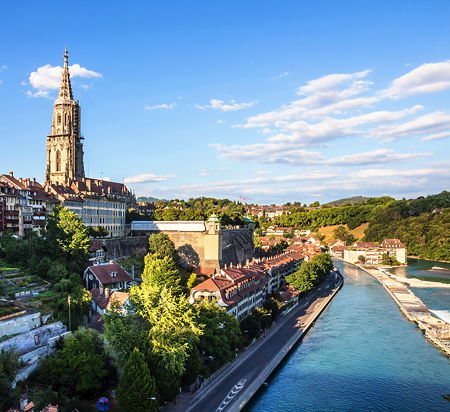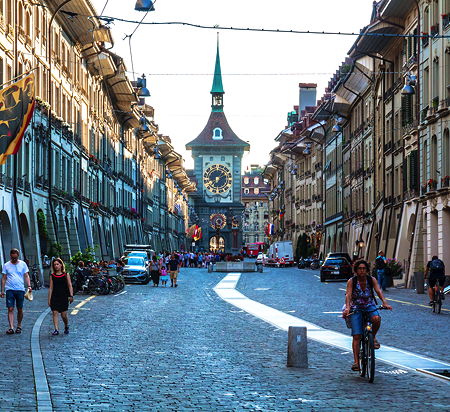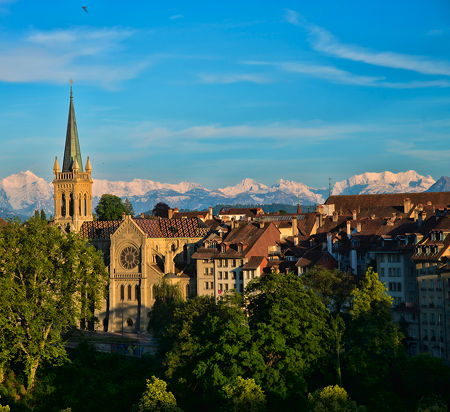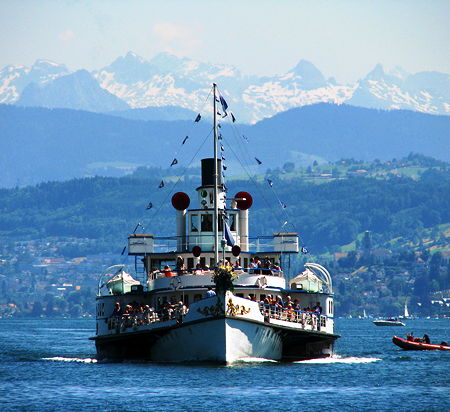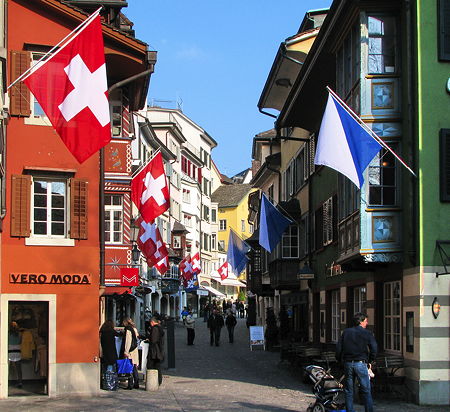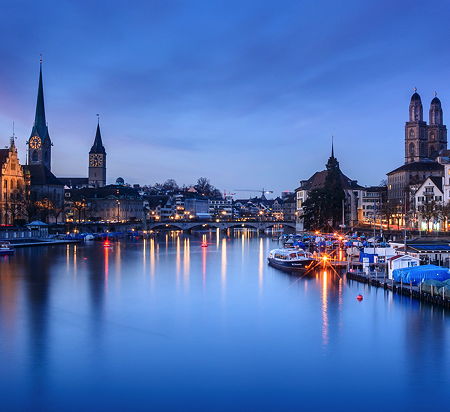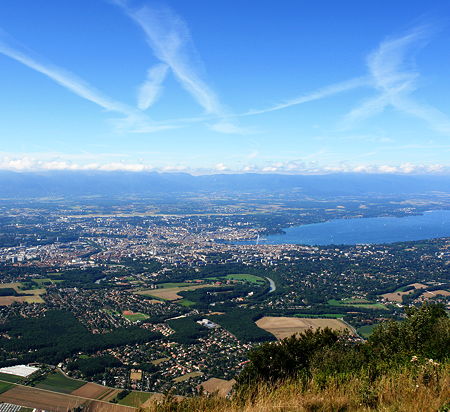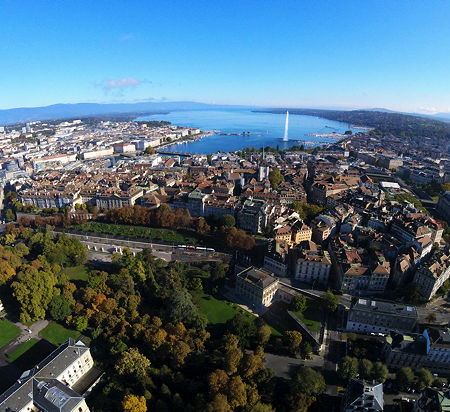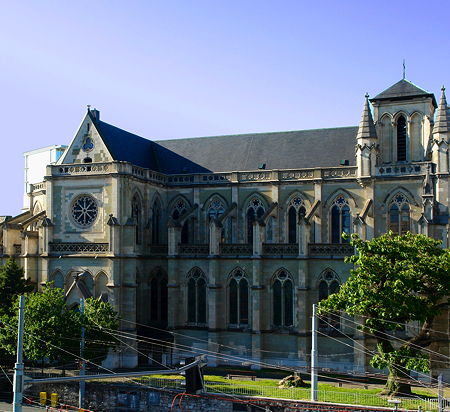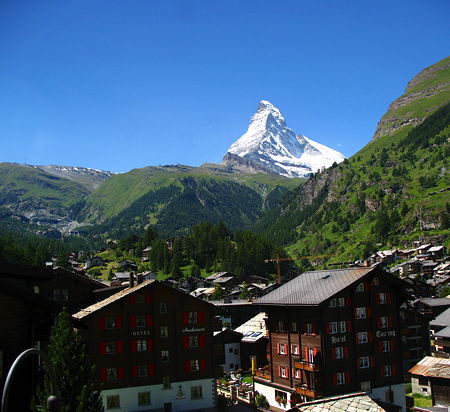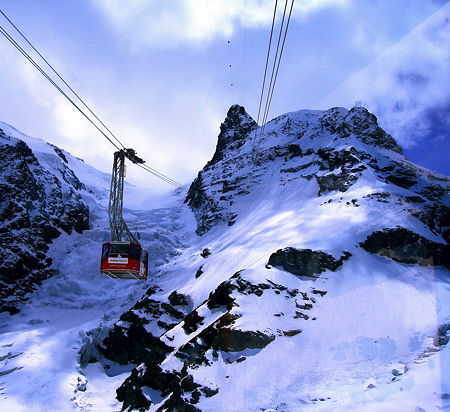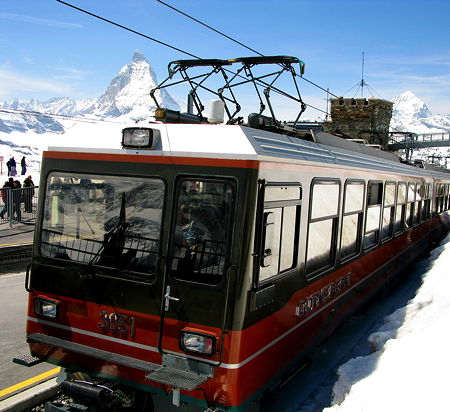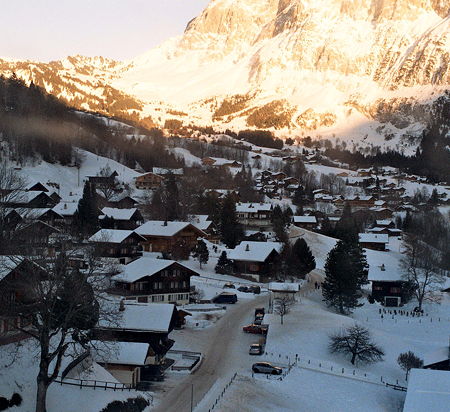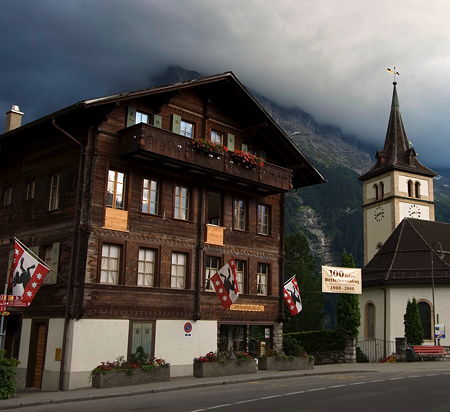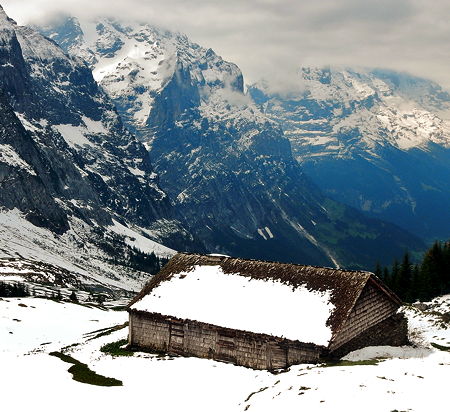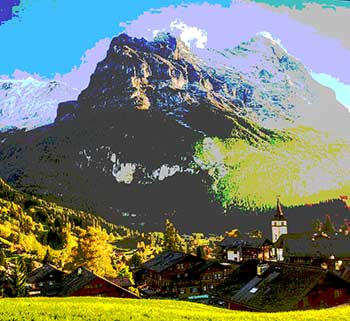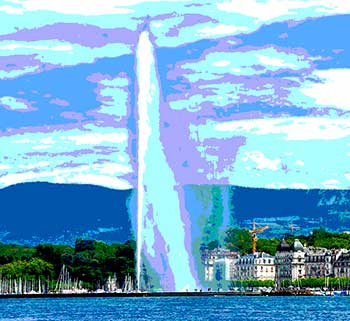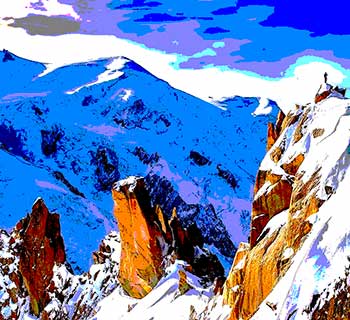Visiting Switzerland
Switzerland is the complete tourist destination.
Its natural beauty—which includes mountains like the Matterhorn, the Eiger and the Monch and Lakes Geneva and Lucerne—enables you to get away from the grind of modern life and breathe some of the freshest air on the planet.
Switzerland's man-made beauty is another reason to come. It includes the medieval old towns of Bern, Zurich and Geneva, rustic mountain chalets, awe-inspiring mountain railways, and bold modern structures such as the Paul Klee centre in Bern.
Switzerland's weather is gloriously warm in summer and not excessively cold in winter. Peak summer season in the mountains is between July and August, with travellers who come in June and September avoiding the worst of the crowds. Peak ski season spans mid-December to March. And Bern's main cities are open for business all year-round.
Finally, Switzerland offers fabulous traditional and international cuisine and high-end hospitality in its main cities and best alpine resorts (Zermatt and Grindelwald). And, though a little pricey, Switzerland is a safe, efficient and stress-free country to visit.
1. Switzerland: an overview
With a population of about 8 million, the landlocked Switzerland—bordered by Italy, France, Germany, Austria and Liechtenstein—is only the world’s 96th most inhabited country.
On the other hand, its people enjoy the world's 8th highest per capita income. They live principally towards the centre of the country, on the Swiss plateau—bordered to the east and west by the Swiss Alps and on the north and west by the lower and less famous Jura mountains.
Language
The Swiss speak a variety of languages: French in the west, spoken by about one fifth of the population; German in the north, east and centre, spoken by about two-thirds; Italian in the south, spoken by about 6.5% of people; and Romansh, spoken by only 50,000 people in some French and German speaking regions.
English is also widely spoken, especially in the principal tourist destinations.
Industry
Switzerland’s main industries include banking and finance (UBS and Credit Suisse are its largest banks), the manufacture of pharmaceuticals and precision products (by companies such as Novartis, La Roche, Omega and Patek Phillipe), food production (popular exports include Emmental and Gruyere cheeses and Lindt and Toblerone chocolates), agriculture and tourism.
Quality of life
Switzerland is a clean and safe country.Its people are understandably proud of their nation:
- It boasts a relentlessly efficient transport system. The Swiss national railway company, the SBB, operates fast intercity trains as well as more sedate services such as the Glacier Express from St Moritz to Zermatt—offering panoramic windows and passing through 231 tunnels!
- Its policy of neutrality means that it has not been involved in armed conflict since 1815.
- The Red Cross was founded in Switzerland, and it is here that the UN has its European headquarters.
- Swiss cities are regularly cited in quality of life surveys.
- Switzerland’s democratic tradition—with significant powers devolved to its 26 cantons—stems from the creation of the Swiss Confederation on 1 August 1291.
Famous Swiss people
The long list of famous Swiss citizens includes Jean-Jacques Rousseau (1712-1778, philosopher), Max Frisch (1911-1991, writer and dramatist), Le Corbusier (1887-1965, architect), Paul Klee (1879-1940, artist), Ursula Andress (1936 -, actress), Marina Hingis (1980-, tennis player) and Roger Federer (1981-, tennis player).
The German-born Albert Einstein also carried out much of his most important work from Bern.
